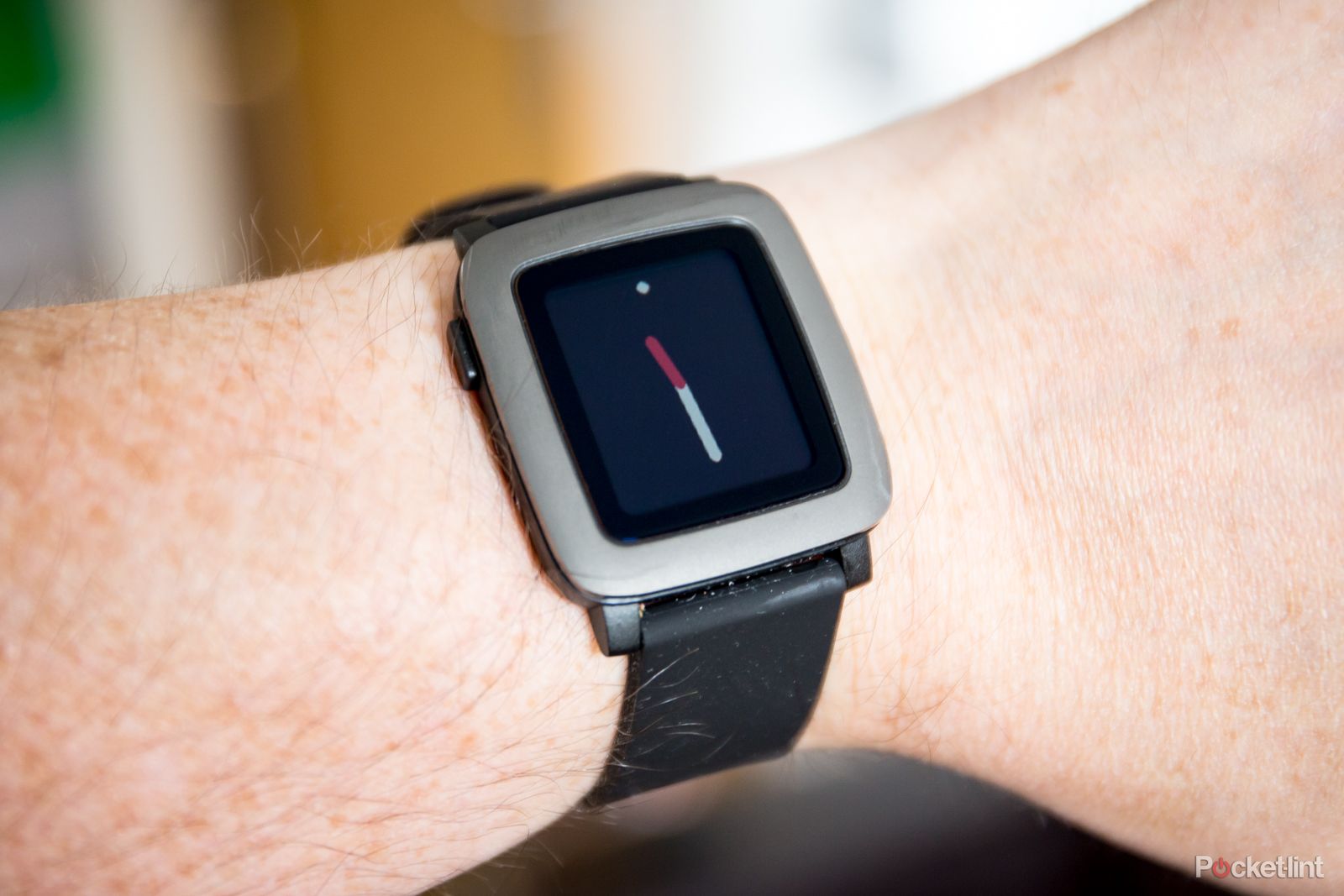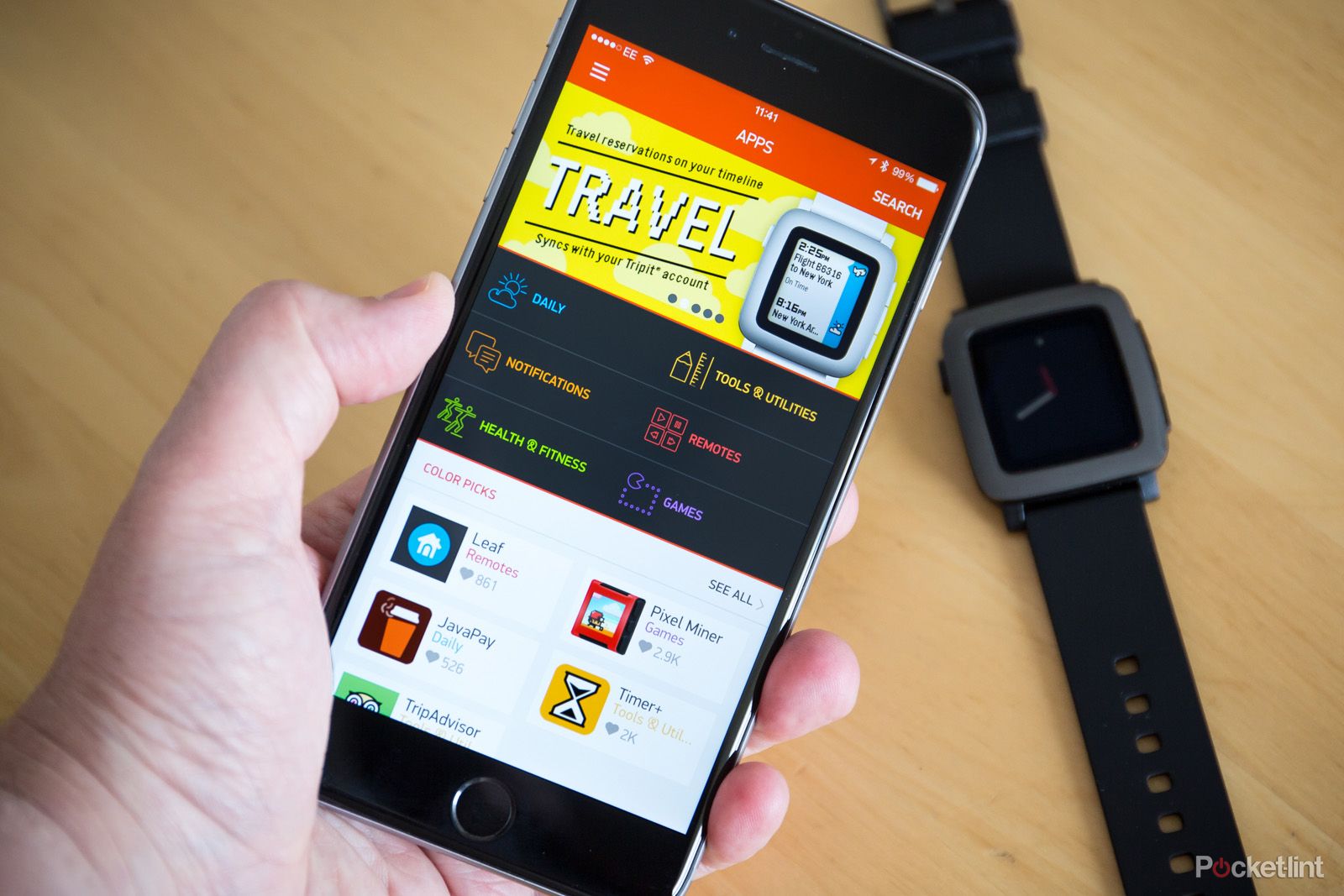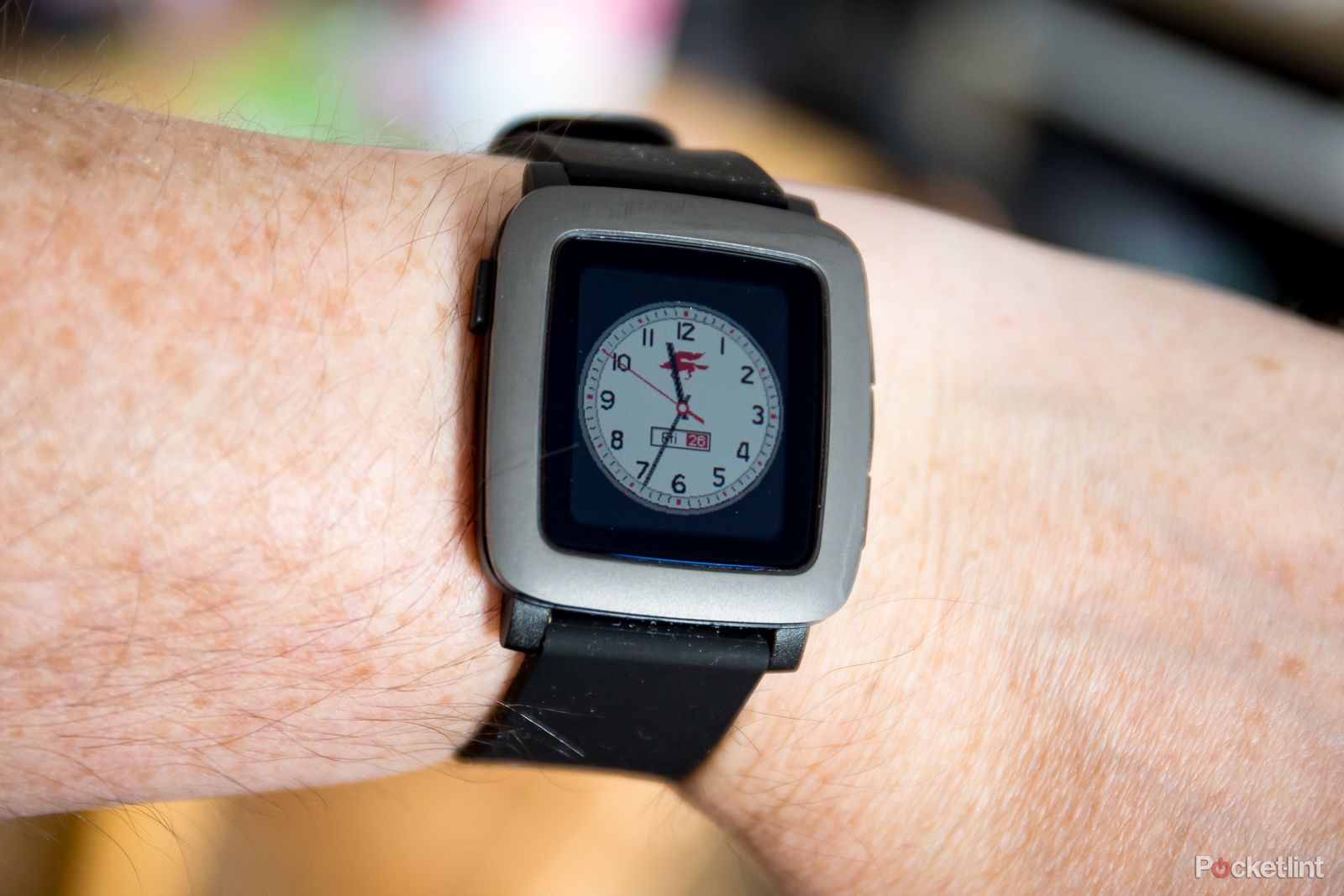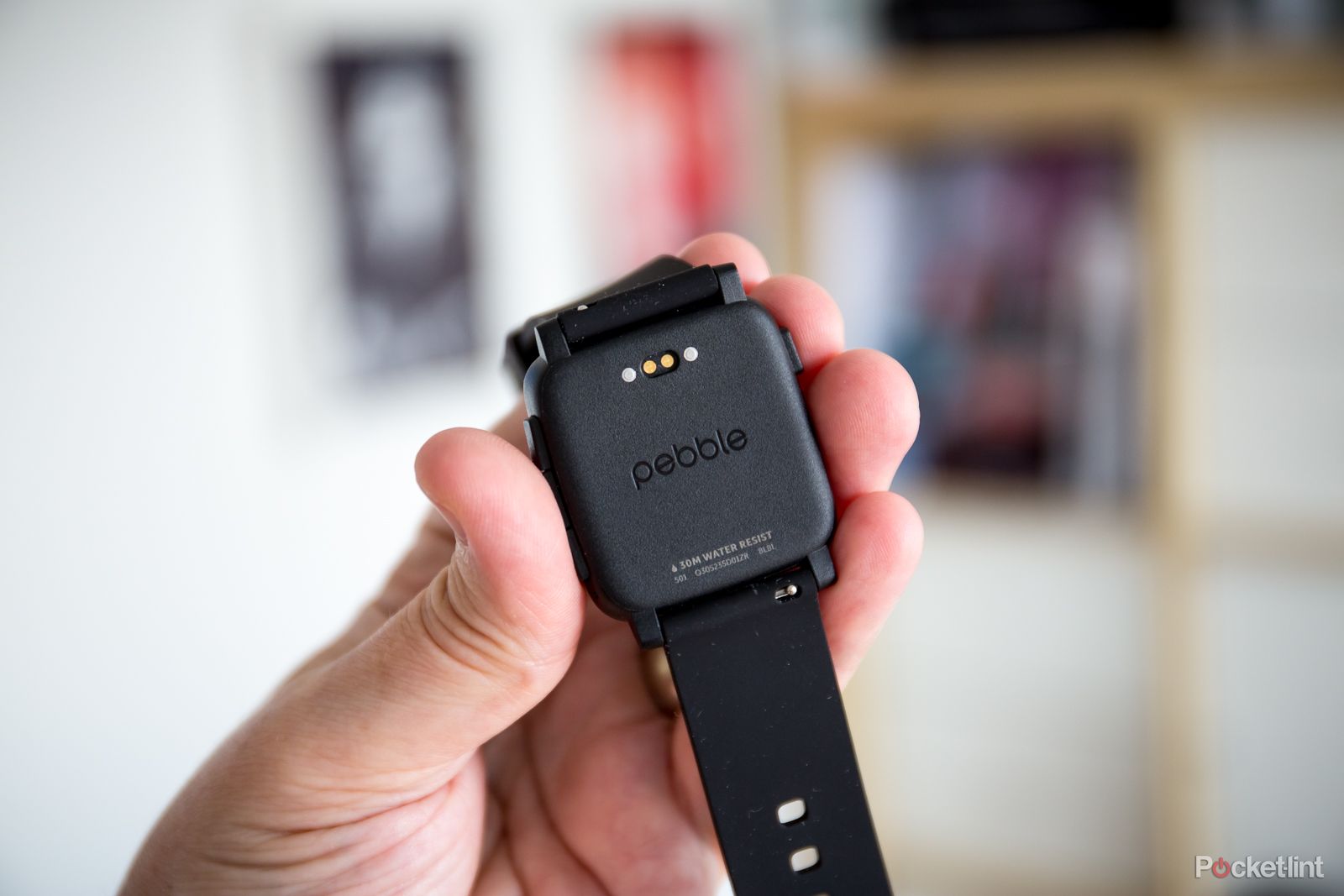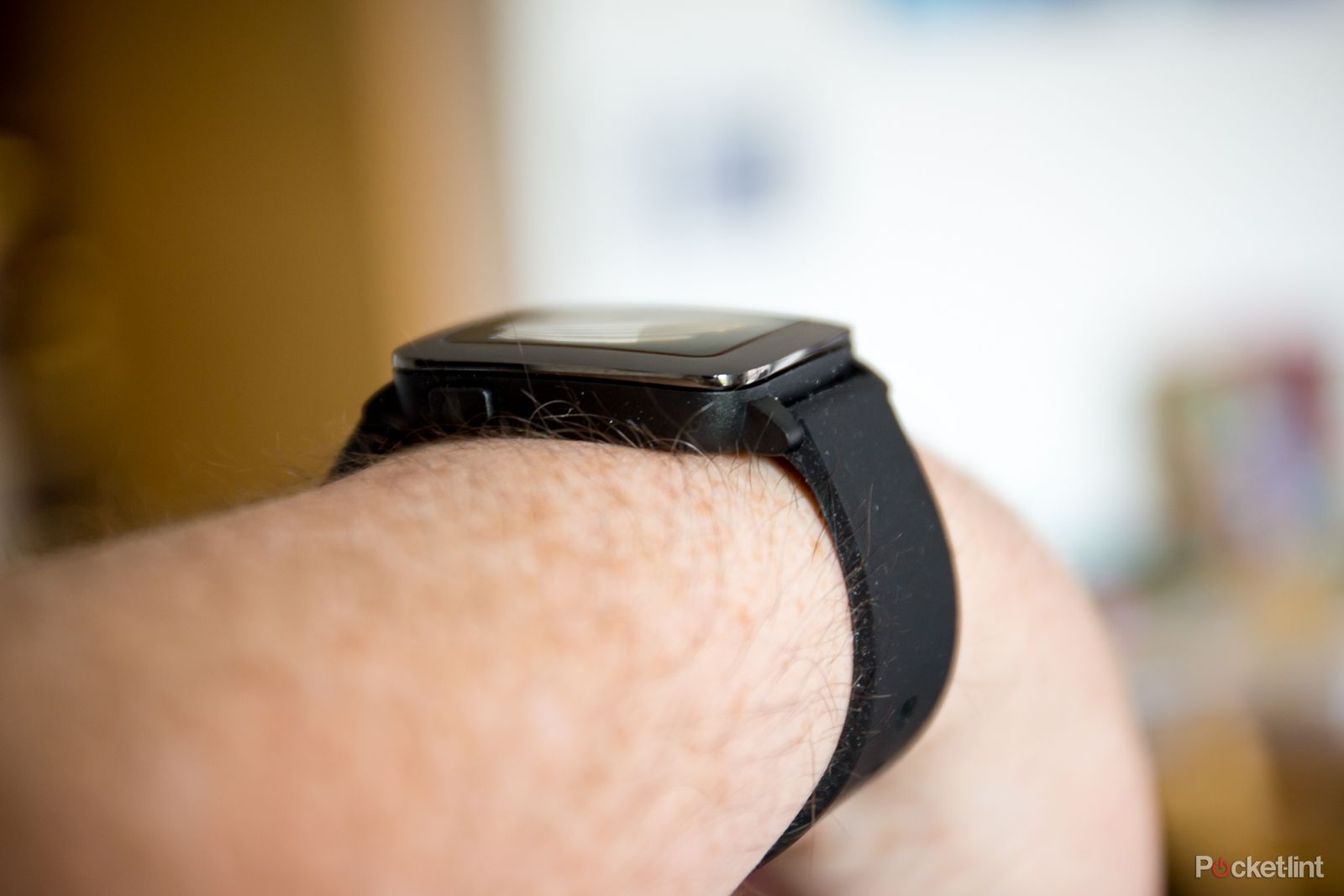When Pebble announced its second-generation smartwatch it became the most successful Kickstarter project ever, smashing all records and reaping $1 million in just 30 minutes of the funding round starting.
Our quick take
The Pebble Time is a highly versatile device that is the product of experience, one that gets the fundamental basics right. It's small and comfortable-to-wear footprint delivers unparalleled battery life, while a vast selection of watchfaces and applications are, for the most part, free to install.
It has its caveats though: the screen is hard to see in low light conditions, regardless of the backlight; the 64-colour display isn't as enticing as a full colour option; and the included microphone is underutilised.
Add to that some of the things that the Apple Watch and many Android Wear devices can do far better and Pebble might not be the best option for all. Notifications could be better, for example, where the all or nothing Pebble approach could be more refined. Build quality, too, is behind the Apple Watch, but price should be considered and the forthcoming Pebble Time Steel's higher quality will help to fill a gap when that arrives later in the year.
However, unlike many of its rivals, the Pebble Time is not confused as to the purpose of a smartwatch and presents a simple device that keeps you in touch with your digital life at all times, yet is as comfortable as a watch as it is a smart one. In many respects it's the fun and friendly Casio watch-alternative for the modern age.
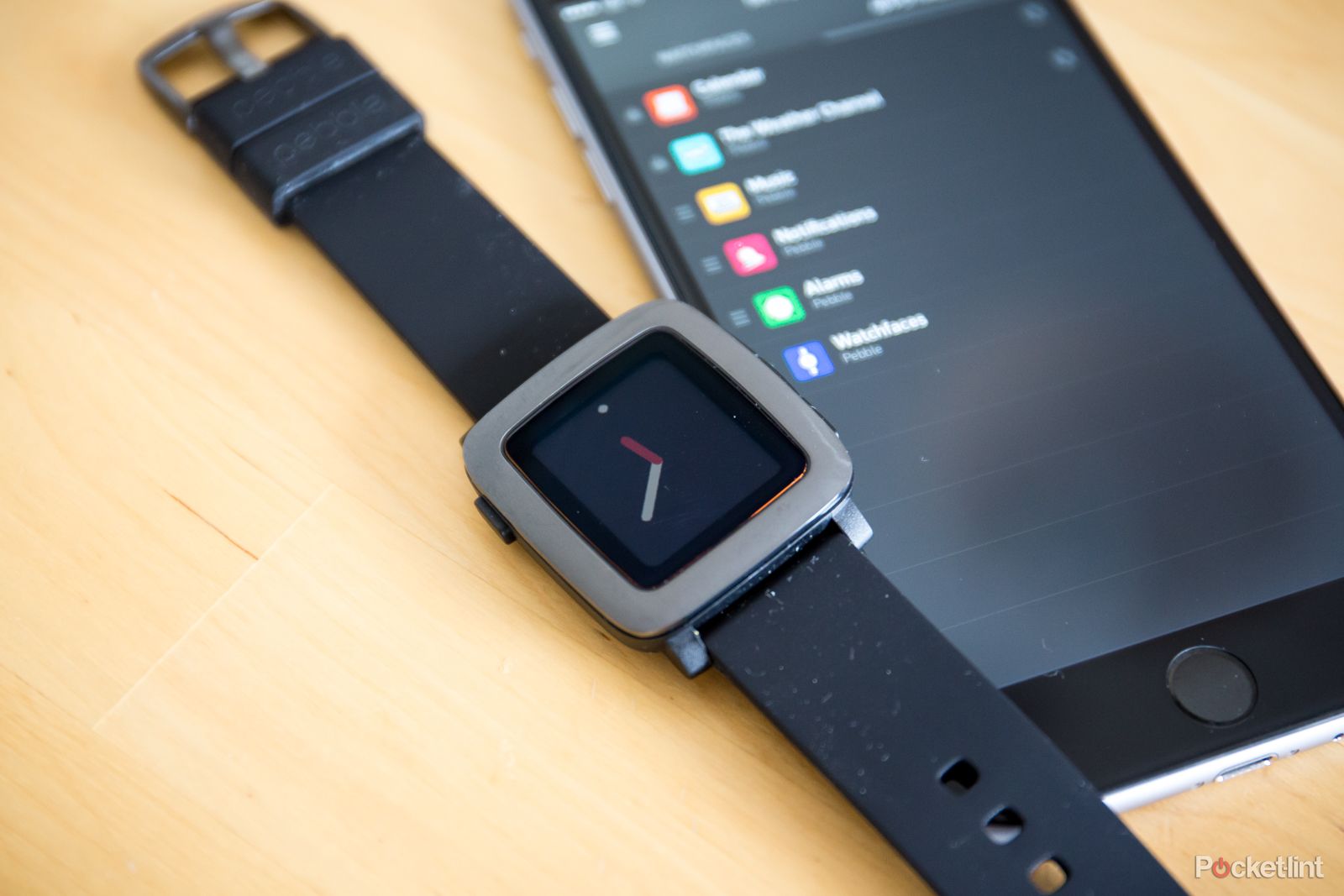
Pebble Time - 4.0 / 5
| FOR | AGAINST |
|---|---|
|
|
The Pebble Time, and the subsequently unveiled Steel version, raised considerably more than $20 million in total, approximately $19.5 million more than the target. So much is expected of the company's first full-colour watch based on hype alone.
Add to that Apple's undoubted early success with the Apple Watch and a maturing of Android Wear, enough to make it a viable option, and there are more eyes on Pebble Time than the company's first smartwatch outing.
So does it live up to the lofty expectations? Can it survive in a sector rapidly being invaded by the biggest tech companies? It can. Because it offers something different and has a couple of real killer features up its sleeve.
Geek cred
To begin with, Pebble has something that the others do not: geek street cred.
It appeals to the sort of buyer who might love Apple but who doesn't want to be trapped within the iOS ecosystem, at least not fully. Or an Android users who has either been burned by underdeveloped Android Wear devices (figuratively, not literally) or know someone who has struggled with an operating system that still feels a mish mash of ideas.
Then again, at £179 all in, the Pebble Time might simply be an attractive option because it is cheaper than many of the opposition considering its talents. After all, the Apple Watch – even at its lowest end – is an expensive device to shell out for and the Pebble Time might be an option if your budget is more restrictive.
It certainly offers value, with access to more than 8,000 apps already thanks to the original watch's heritage, and a vast selection of free watch faces ready for download.
Admittedly, for that price you'd rather it looked a little more swish, being made predominantly of plastic with a single stainless steel bezel (with PVD coating) that also looks strangely plasticky. The Pebble Time Steel, on the other hand, will cost more but may well plug that gap of not-so-premium finish.
The fact that it is thin and lightweight will suit some tastes more than the beefier options on the market. The slim nature belies a robustness too, with the Gorilla Glass face feeling sturdy enough to take a bit of a bashing.
Plus, the Pebble Time is waterproof to 30 metres, and while we're not sure on the amount of time it can remain submerged, we can confirm that you can wear it in a shower or while swimming, as we did both regularly and it still works as new. Certainly there can be no worries about having it exposed while running in the rain, and how many rival products can you say that about?
Retro colour screen
But in design terms, the major feature is also the headline one: the Pebble Time has a colour screen. That's going to be of particular interest for those looking to upgrade from the previous Pebble models.
While the first generation Pebble and Pebble Steel smartwatches come with black-and-white e-paper screens, the Pebble Time has a 1.25-inch colour equivalent. It isn't quite as saturated or vibrant as the OLED or LCD panels of other smartwatches, given its 64-colour maximum, but it fulfils a couple of purposes splendidly.
It isn't a touchscreen – with interaction provided through four separate side buttons rather than the face – but in daylight the always-on display is clear and colourful, even working in direct sunlight well.
There is a downside in that it is less capable at night and the backlight (which can be switched on at the press of a button or set to come on automatically when you flicking your wrist) doesn't quite seem bright enough. However, most of the time, no pun intended, it is fully readable.
Untouchable longevity
Brightness and less punchier colours are an acceptable trade-off for the Pebble Time's second headline feature: battery life.
Thanks to using colour e-paper rather than OLED or LCD, with a backlight you choose to switch on and off as you please, the Pebble Time is quoted as lasting up to seven days on a single charge. In comparison with other smartwatches on the market that need recharging every day, that is a very attractive proposition.
We found that in regular use, serving as a step-counting fitness band as well as a watch and having notifications switched up to the wazoo, it didn't quite stretch to seven days, more like six, but that's still incredible considering how much you can do with the device. It's the point where you stop thinking of the smartwatch as an equivalent to a phone on your wrist, but start thinking of it as an actual watch.
Plus, having had Bluetooth on at all times – and without loss of connection as some have reported – it didn't even drain the battery of our iPhone 6 Plus any more than we are used to.
Having worn a Microsoft Band and other fitness bands in recent times, none of which with the feature set of the Pebble, this is a massive incentive to us when choosing a smart device.
You do have to be sensible to maintain battery life – different watch faces, with more movement, require more screen refreshes and therefore will drain charge faster – but some of the free watchfaces will even give you a battery count so you can easily see any impact.
Notifications
As we've already said, the main drain to our battery during the test period comes through a constant stream of notifications, which are plentiful on our part as we've set our work email account to ping us every time we receive a mail – approximately three or four a minute. You can set which ones you'd like to receive on your phone itself, Android or iOS, in exactly the same way you would have them appear on your lock screen.
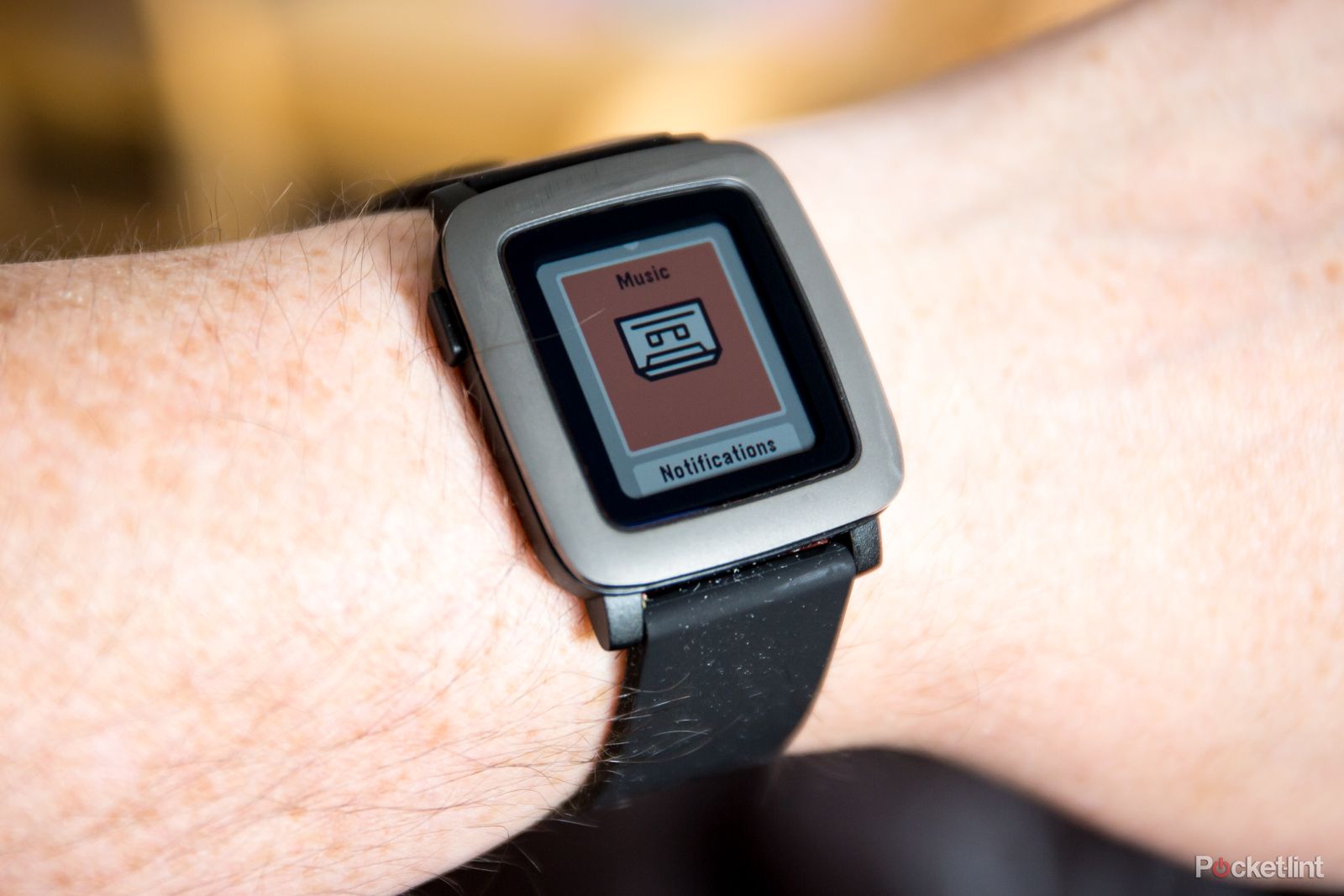
Sadly, you cannot choose to filter particular notifications to only appear on your Pebble Time or vice versa (a feature of Apple Watch) which is quite annoying. If your email account is prone to spam, for example, you'll still get a vibrating buzz each time you receive a penis enlargement prompt or every time your long lost uncle in Africa has left you a vast inheritance, and there is no way to set the device to separate the wheat from the chaff.
Nonetheless, for us the main use of a smartwatch is to keep abreast of what is going on in our world and having regular notifications appear on a wrist dramatically reduces the amount of time we have to look at our phone.
Timeline
Another software feature new to the Time is the timeline, an immediately accessible list of actions your watch has undertaken. Press the top right button on the watch and you can access the past, seeing previously pinned events, notifications, calendar entries and other information, such as missed calls.
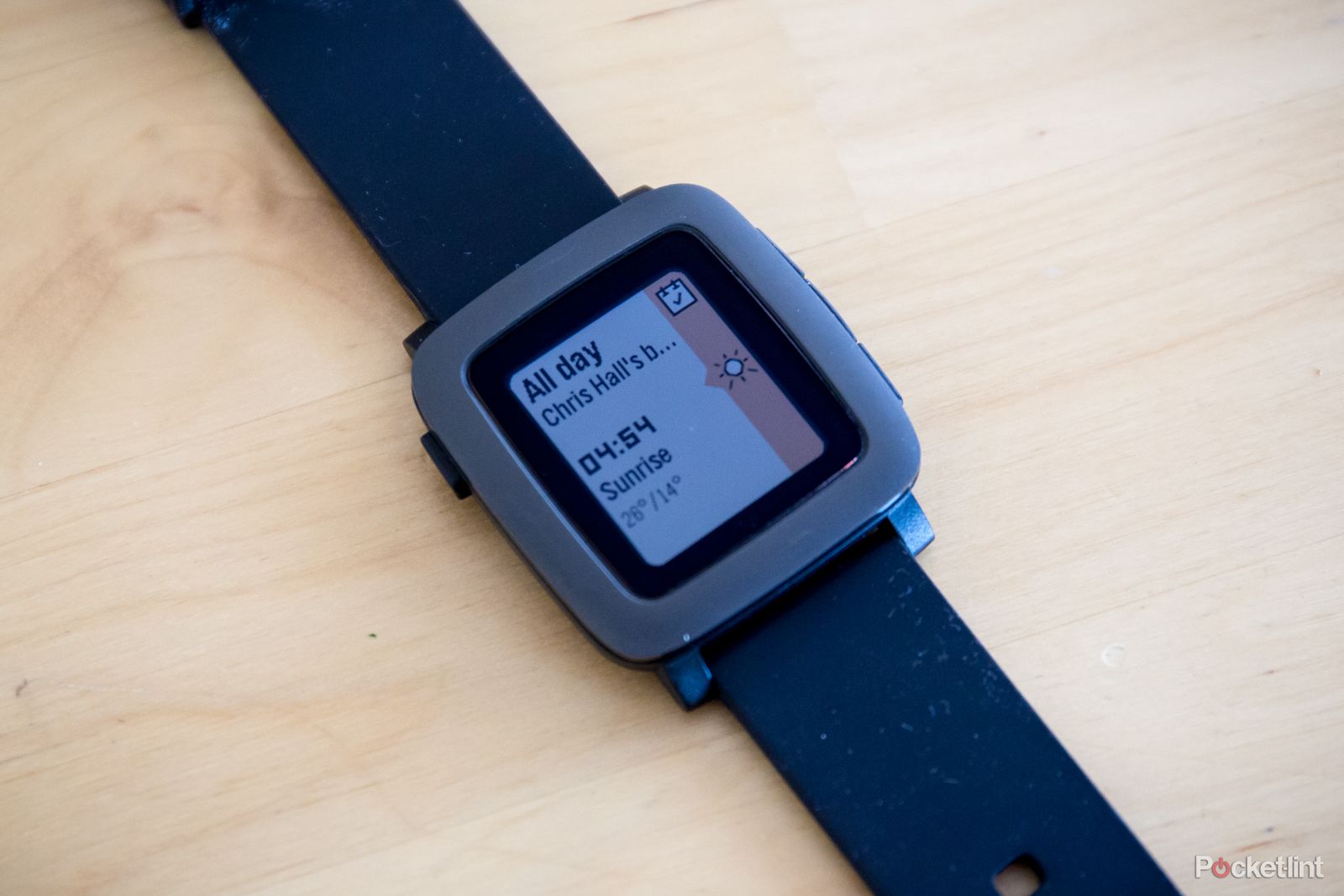
Press the bottom right button and you can see events and calendar entries for the future. It is simple and effective, but does require apps to be compatible for it to work. You can add just about any calendar to it, for example, including Google, Apple, Outlook and many more, but it will only work with calendars that are compatible with your phone too. We've always had a problem with our work account calendar, which uses Google's service, showing on the iPhone and therefore it fails to show on the Pebble Time too. Our own personal calendars are fine, but you should check that everything works on your phone first – if it does, you are okay.
Pebble apps can also work with the timeline, when you pin them through the smartphone hub. The ones that generate news or timed notifications – such as football scores through EPSN, for example – will place information in the timeline. They populate the scrollable list nicely, but we're old fashioned ourselves and happy to enter individual apps to get information anyway – and you can still do that through the tap of the centre right button.
All those in the Pebble store (accessible through the Pebble Time app you must install on your phone) are compatible and you can now have more than eight stored on your watch at a time. A vast number of them are still only presented in black and white, but more and more are embracing colour too.
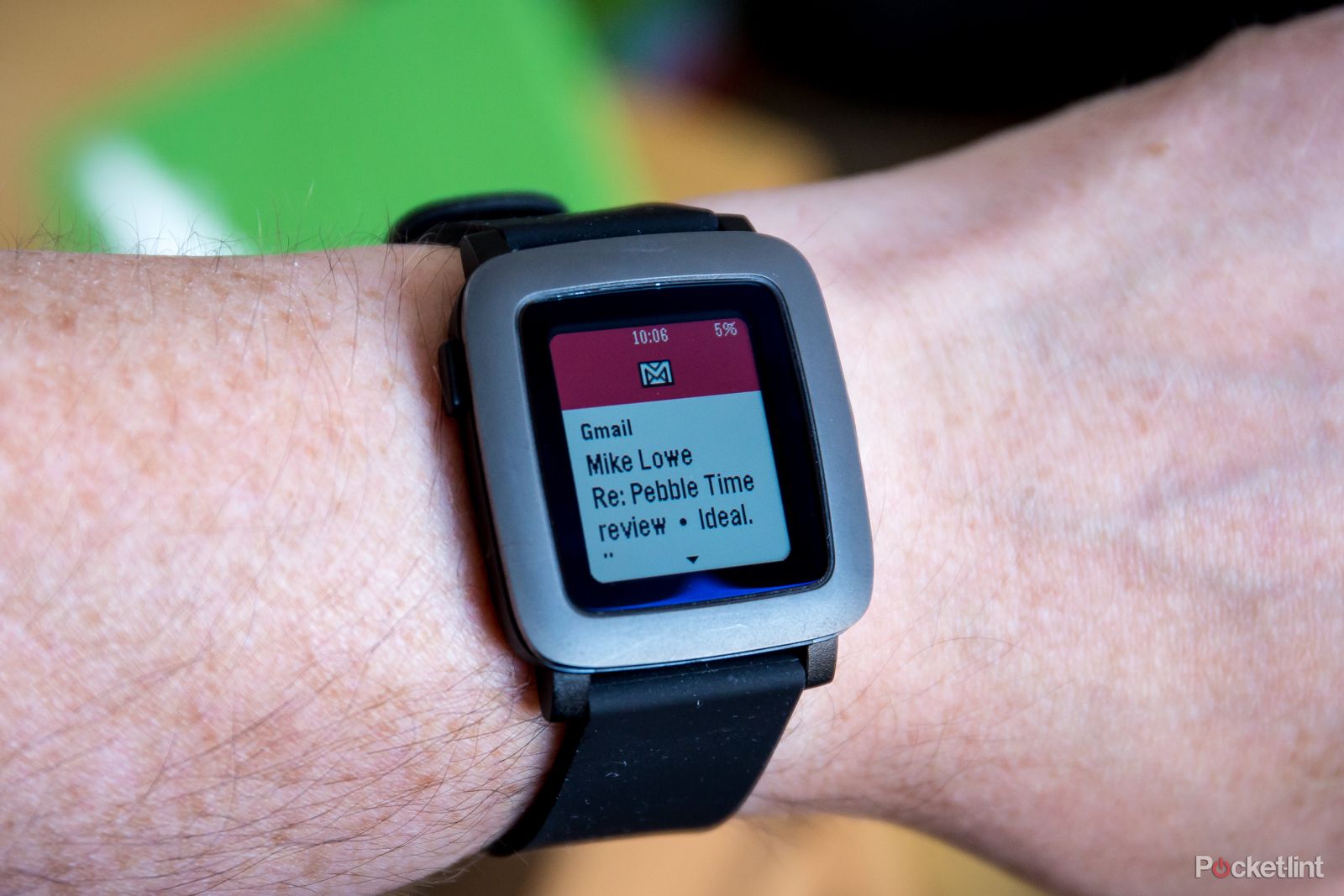
There are some things that work on Android but not on iPhone however, because of the way Google and Apple set up respective operating systems. The Pebble Time's microphone, for example, enables you to send voice replies to messages and notifications, but in practice is very limited on iPhone. You can only reply to Gmail notifications on iOS at present. When paired with an Android phone though, you can send voice replies to just about any messaging service, including text messages.
It will be interesting to see whether Pebble exploits Apple's opening of the Siri API or the voice features of Google Now in the future, but as it stands we're fairly non-plussed by the included mic functionality.
Fitness functional
In hardware terms, we're more keen on the fact there are several sensors inside Pebble Time that help turn it into a step tracker and fitness device, when coupled with the Misfit or Jawbone apps.
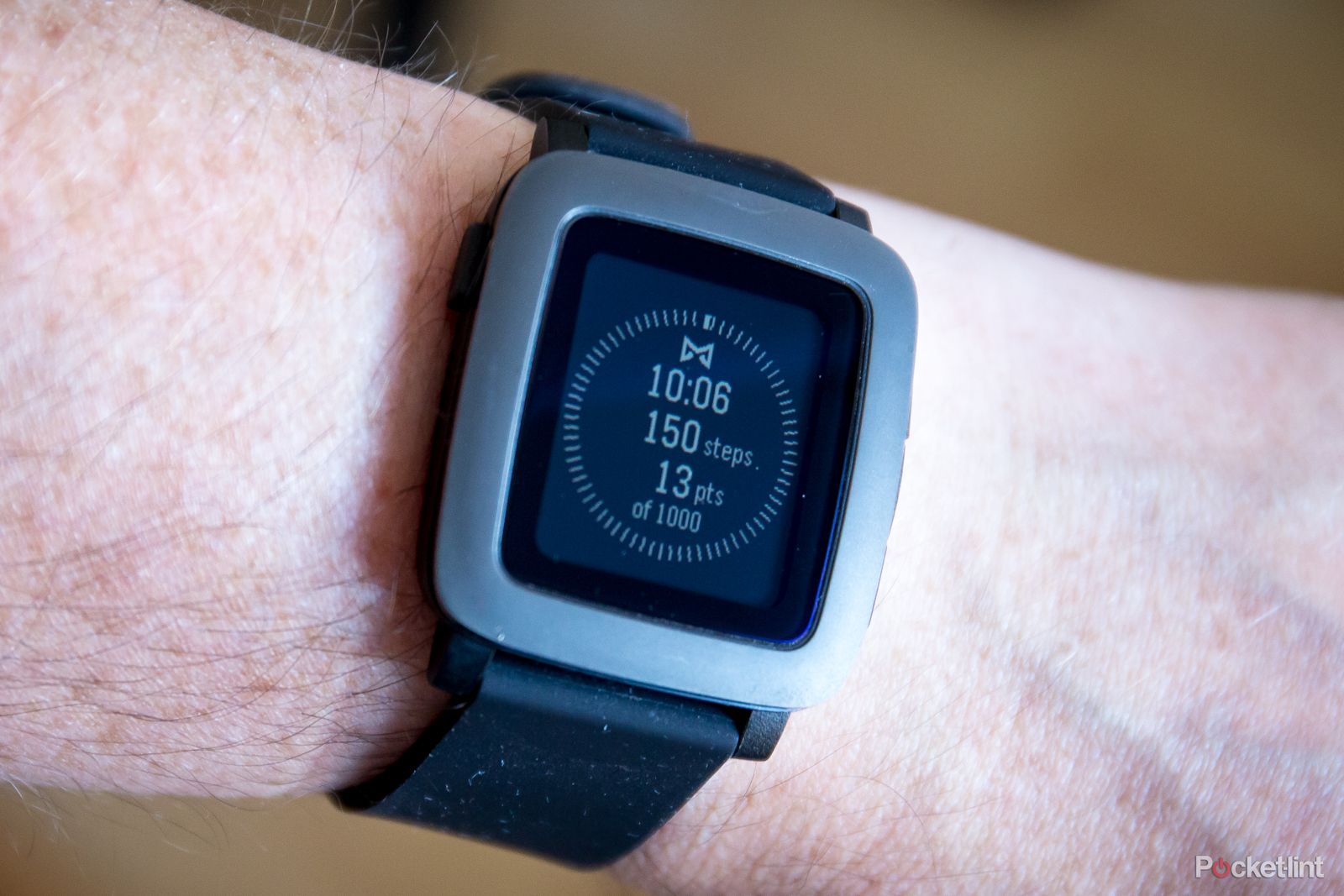
You can only have one of them tracking your activities at a time, but it's a feature that means we could happily shelve the dedicated band we wear too.
Those more interested in deep diving with fitness statistics will probably still be better off with a dedicated sports watch, but for simple day-to-day activity and sleep-tracking the Pebble Time and free apps is plenty good enough. There are even some watchfaces that will display that information on screen at all times.

